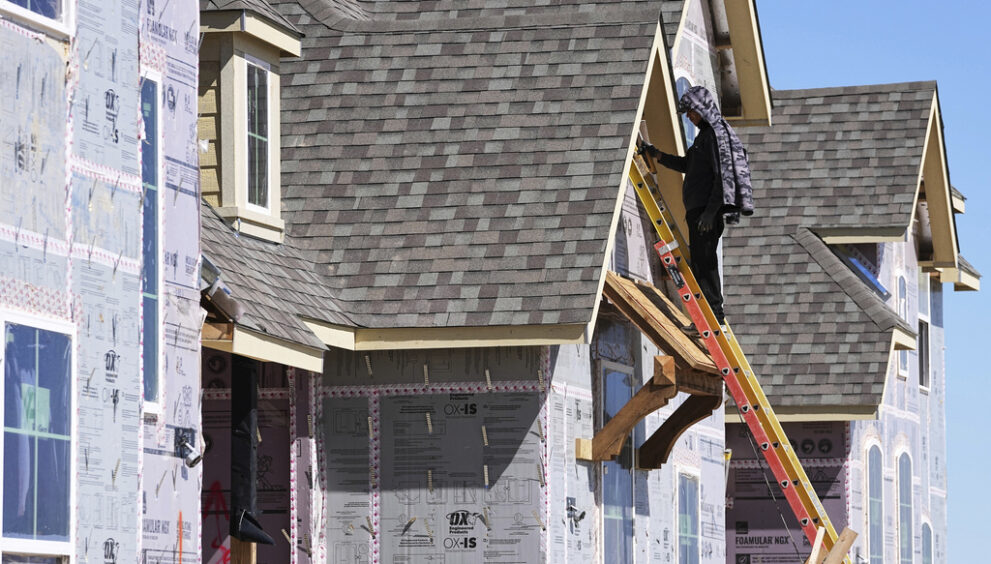Strategies to Address the Housing Crisis through Federal Lands

In a recent Gallup survey, Americans identified housing as one of their top financial concerns, following closely behind inflation. The situation has worsened since then, with January home sales dropping by 5 percent compared to the previous year. The housing affordability crisis is at its peak, with record numbers of first-time buyers unable to enter the market due to limited options.
President Trump’s commitment to open up federal lands for housing construction, as outlined during his campaign, can provide a critical solution to the current housing crisis. The vast federal land portfolio, which constitutes one-third of all property in the country, offers middle- and lower-income Americans a unique opportunity to achieve homeownership.
Certain metro areas such as Las Vegas, Phoenix, and Albuquerque host federal lands that could be utilized for housing development. The concept of “Freedom Cities” on federal lands has gained traction since President Trump introduced the idea, with proposals like the sale of federal lands being considered to address budget deficits.
Rather than selling federal lands for development, it is advisable for the federal government to consider leasing them. Leasing offers advantages over selling, as it streamlines the process and reduces regulatory obstacles. This approach eliminates the need for buyers to navigate state and local regulations independently.
By vamping up federal land-use laws to allow for housing development through long-term leasing, the government can pave the way for affordable homeownership. This model, often referred to as the New Homestead Act, can ease the financial burden of homebuyers by separating the purchase of the house from the land under a lease agreement.
Creating affordable homes on leased federal lands could significantly alleviate the undersupply of single-family homes in the market. Policy changes to facilitate home construction in areas with federal land access would enable market forces and consumer preferences to drive housing affordability, similar to the success observed in certain Texas metros.
Building on federal lands provides an opportunity to make housing more affordable, especially in contrast to urban areas with high density. Addressing preferences for suburban living and recognizing the need for regulations that encourage single-family home development is crucial to effectively tackling the housing crisis.
There are indications that federal policy changes are underway to support housing development initiatives. By implementing an inclusive housing policy on federal lands, the government could create more diverse homeownership opportunities across various price points, including townhouses, single-family homes, and modular housing options.
Expanding homeownership opportunities through strategies like developing single-family homes on federal lands is not only a practical solution to the housing crisis but also a politically viable one. The alignment of these housing policies with the preferences of homeowners, who tend to lean more conservative, could enhance the appeal of the administration to younger and more diverse voters in the long run.






















































































































































































































































































































































































































































































































































































































































































































































































































































































































































































































































































































































































































































































































































































































































































































































































































































































































































































































































































































































































































































































































































































































































































































































































































































































































































































































































































































































